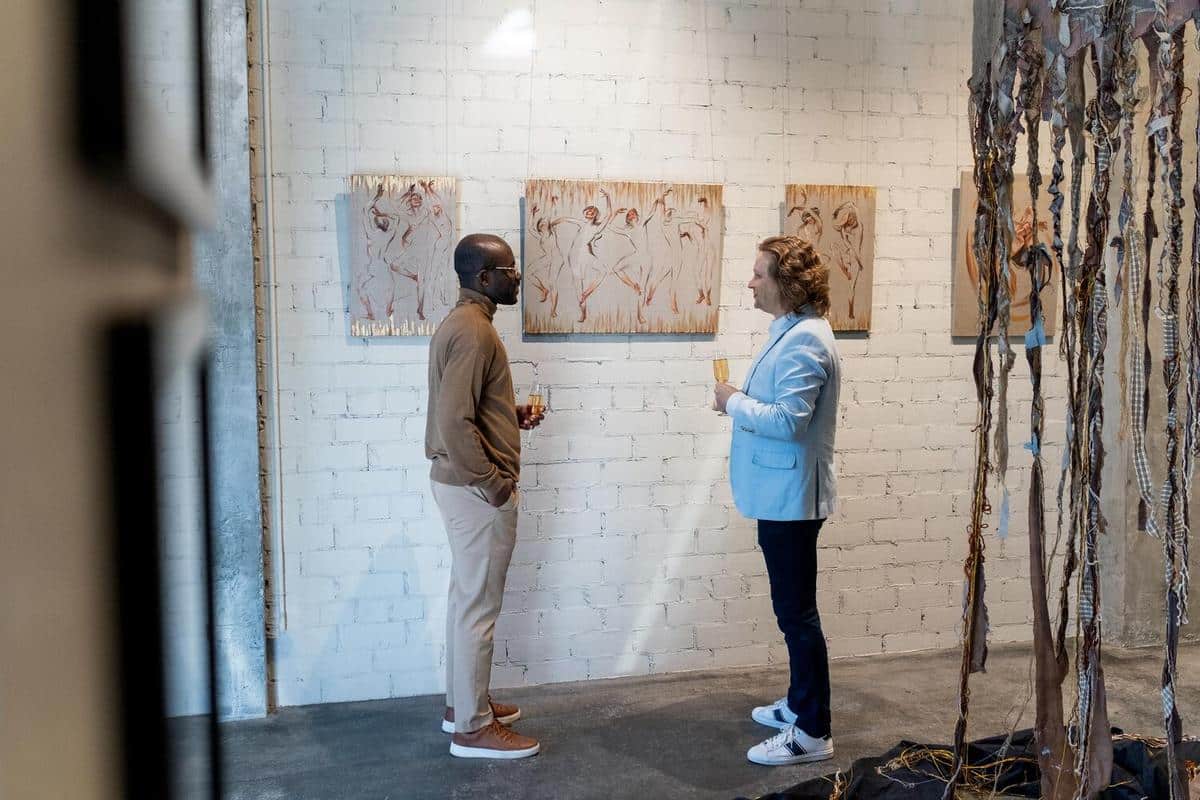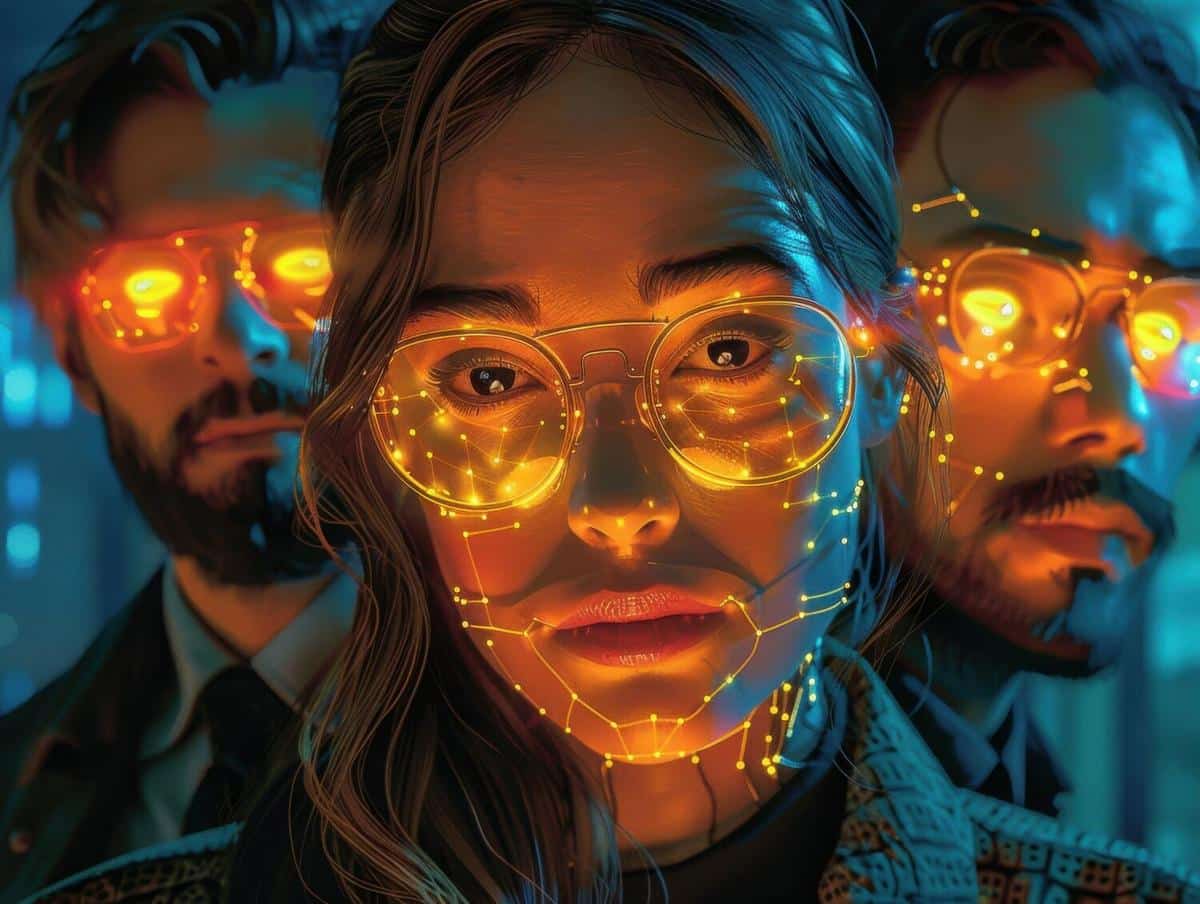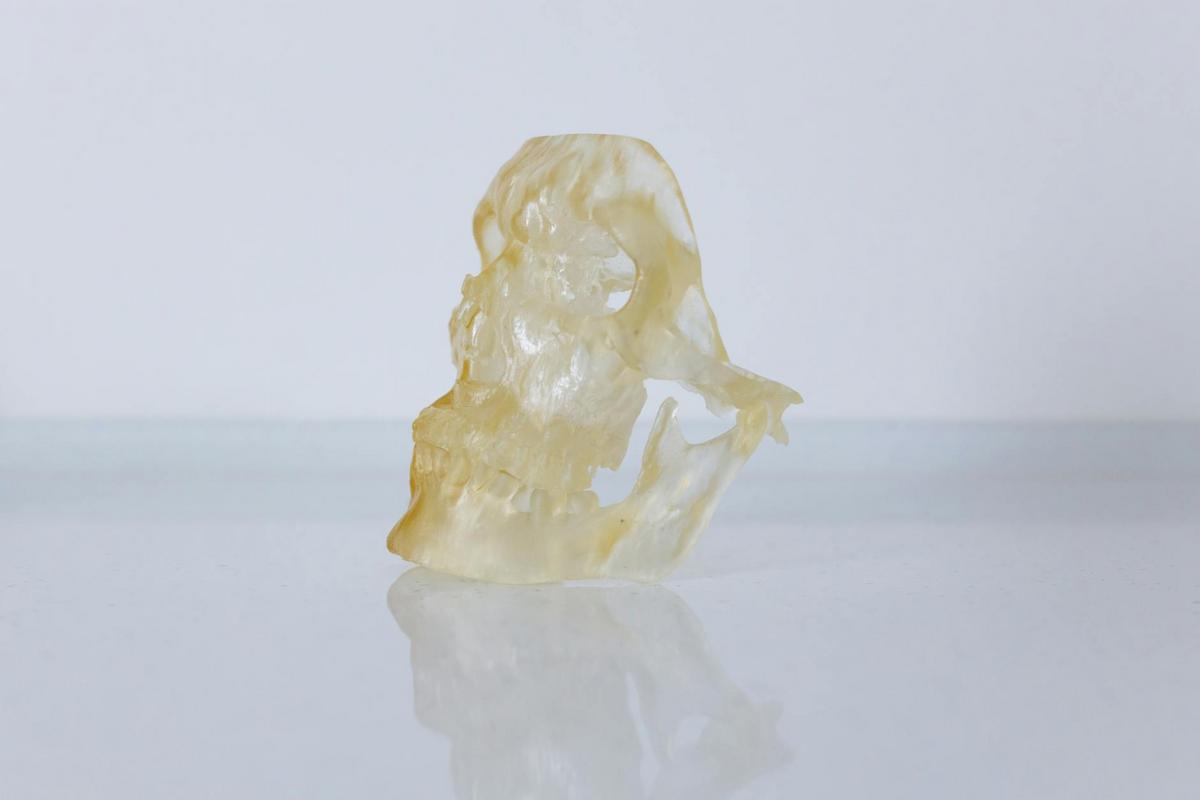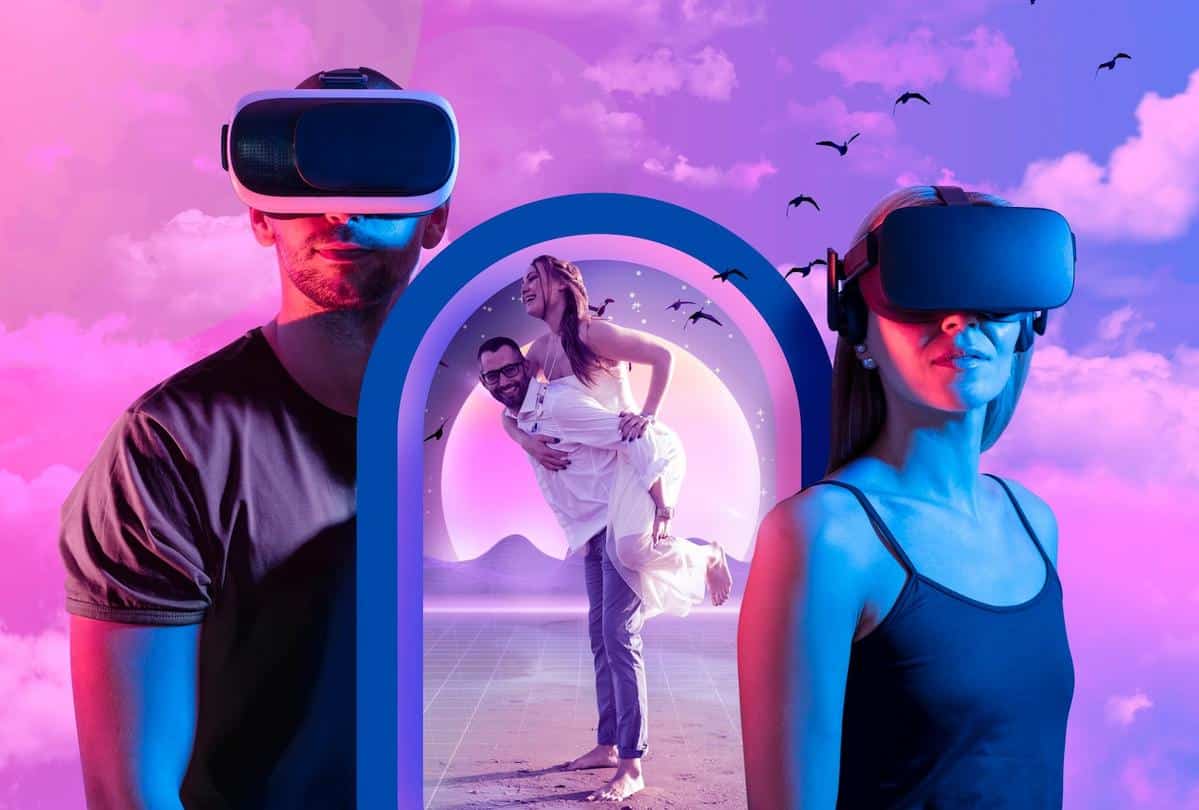
The Return of Figurative Art in Modern Times
The resurgence of figurative art in the contemporary art scene marks a fascinating return to the traditional, yet with a modern twist that captivates both artists and audiences alike. As artists draw inspiration from the human form and the tangible world around them, figurative art is experiencing a renaissance, inviting us to explore its depths and nuances.
Figurative art, once overshadowed by abstract and conceptual movements, is making a notable comeback in modern times. This revival offers a fresh perspective on the depiction of the human form and everyday life, reflecting a renewed interest in storytelling through art.
Exploring the Revival
Experts in the field, such as renowned art historian Dr. Emily Thompson, suggest that the resurgence of figurative art is due to a desire for more relatable and accessible art. Dr. Thompson notes, ‘In a world increasingly dominated by digital experiences, people crave art that feels tangible and personal.’
Statistics from the International Art Market Report indicate a 20% increase in sales of figurative artworks in recent years, highlighting the growing appreciation and demand for this genre. Artists are finding innovative ways to blend traditional techniques with contemporary themes, making figurative art relevant to today’s audiences.
Personal Anecdotes and Examples
Take, for example, the journey of artist Michael Lee, who transitioned from digital art to figurative painting. Michael shares, ‘I found a deeper connection with my audience when I started focusing on the human figure. It allowed me to convey emotion and stories in a way that digital art never could.’
Actionable Tips for Aspiring Artists
- Study the masters of figurative art for inspiration and technique.
- Experiment with different mediums to find what best suits your style.
- Attend workshops and exhibitions to immerse yourself in the community.
Explore life drawing classes to hone your skills in capturing the human form. These sessions provide invaluable practice and insight into anatomy and proportion.
Comparison of Figurative and Abstract Art
| Aspect | Figurative Art | Abstract Art |
|---|---|---|
| Focus | Representational | Non-representational |
| Subject Matter | Human figures, landscapes | Shapes, colors, forms |
| Technique | Traditional | Experimental |
| Emotional Expression | Literal | Symbolic |
| Audience Engagement | Relatable | Interpretative |
| Market Trends | Growing interest | Stable interest |
| Accessibility | High | Varies |
| Artistic Freedom | Moderate | High |
Frequently Asked Questions
What defines figurative art?
Figurative art is characterized by its depiction of recognizable subjects, particularly the human figure and scenes from everyday life.
Why is figurative art gaining popularity again?
The renewed interest in figurative art is driven by a desire for art that tells a story and connects with audiences on a personal level.
How does figurative art differ from abstract art?
While figurative art focuses on realistic representation, abstract art emphasizes shapes, colors, and forms without representing specific objects or scenes.
Conclusion
The revival of figurative art in modern times reflects a broader trend of artists seeking to connect with their audiences through relatable and meaningful work. As this movement continues to evolve, it offers opportunities for both artists and art enthusiasts to engage with art that resonates on a personal level. Whether you’re an artist looking to explore this genre or an admirer of art, the return of figurative art presents a unique and enriching experience.


